Bert Bongers - Understanding Interaction: The Relationships Between People, Technology, Culture, and the Environment, Volume 1: Evolution, Technology, Language and Culture
Here you can read online Bert Bongers - Understanding Interaction: The Relationships Between People, Technology, Culture, and the Environment, Volume 1: Evolution, Technology, Language and Culture full text of the book (entire story) in english for free. Download pdf and epub, get meaning, cover and reviews about this ebook. City: Boca Raton, year: 2021, publisher: CRC Press/Auerbach, genre: Science / Art. Description of the work, (preface) as well as reviews are available. Best literature library LitArk.com created for fans of good reading and offers a wide selection of genres:
Romance novel
Science fiction
Adventure
Detective
Science
History
Home and family
Prose
Art
Politics
Computer
Non-fiction
Religion
Business
Children
Humor
Choose a favorite category and find really read worthwhile books. Enjoy immersion in the world of imagination, feel the emotions of the characters or learn something new for yourself, make an fascinating discovery.
- Book:Understanding Interaction: The Relationships Between People, Technology, Culture, and the Environment, Volume 1: Evolution, Technology, Language and Culture
- Author:
- Publisher:CRC Press/Auerbach
- Genre:
- Year:2021
- City:Boca Raton
- Rating:5 / 5
- Favourites:Add to favourites
- Your mark:
Understanding Interaction: The Relationships Between People, Technology, Culture, and the Environment, Volume 1: Evolution, Technology, Language and Culture: summary, description and annotation
We offer to read an annotation, description, summary or preface (depends on what the author of the book "Understanding Interaction: The Relationships Between People, Technology, Culture, and the Environment, Volume 1: Evolution, Technology, Language and Culture" wrote himself). If you haven't found the necessary information about the book — write in the comments, we will try to find it.
Understanding Interaction explores the interaction between people and technology in the broader context of the relations between the human-made and the natural environments. It is not just about digital technologies our computers, smartphones, the Internet but all our technologies, such as mechanical, electrical, and electronic. Our ancestors started creating mechanical tools and shaping their environments millions of years ago, developing cultures and languages, which in turn influenced our evolution.
Volume 1 looks into this deep history, starting from the tool-creating period (the longest and most influential on our physical and mental capacities) to the settlement period (agriculture, domestication, villages and cities, written language), the industrial period (science, engineering, reformation, and renaissance), and finally the communication period (mass media, digital technologies, and global networks).
Volume 2 looks into humans in interaction our physiology, anatomy, neurology, psychology, how we experience and influence the world, and how we (think we) think. From this transdisciplinary understanding, design approaches and frameworks are presented to potentially guide future developments and innovations.
The aim of the book is to be a guide and inspiration for designers, artists, engineers, psychologists, media producers, social scientists, etc., and, as such, be useful for both novices and more experienced practitioners.
Image Credit: Still of interactive video pattern created with a range of motion sensors in the Facets kaleidoscopic algorithm (based underwater footage of seaweed movement) by the author on 4 February 2010, for a lecture at Hyperbody at the Faculty of Architecture, TU Delft, NL.
Bert Bongers: author's other books
Who wrote Understanding Interaction: The Relationships Between People, Technology, Culture, and the Environment, Volume 1: Evolution, Technology, Language and Culture? Find out the surname, the name of the author of the book and a list of all author's works by series.



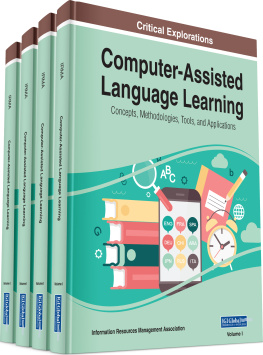

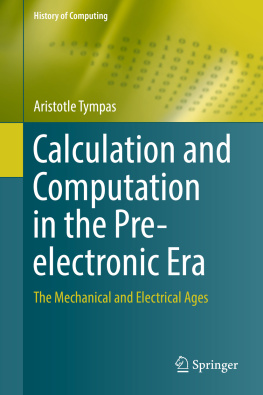

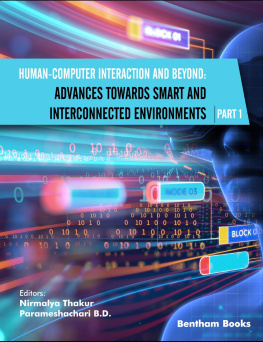
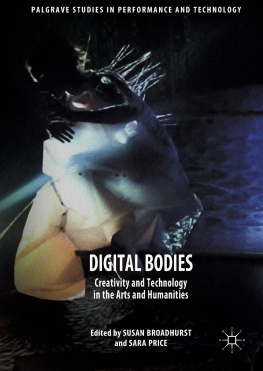
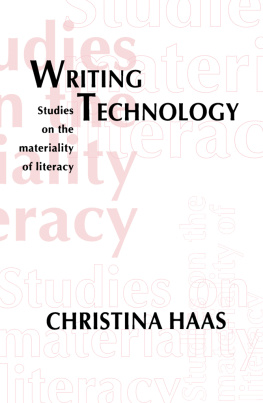
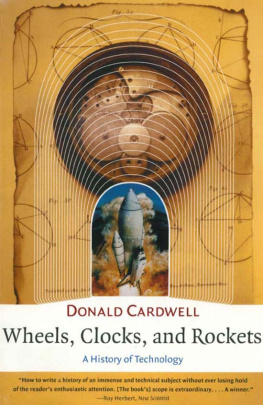
 Figure 1.1 Electronic musical instruments (from left to right): The Ladys Glove (Laetitia Sonami, 1994), The Conductor (Michel Waisvisz, 1989), The Hands (Waisvisz 1988), The Web (Waisvisz 1992), The Meta-Trumpet (Jonathan Impett, 1993), Cello++ (Frances-Marie Uitti, 1999)
Figure 1.1 Electronic musical instruments (from left to right): The Ladys Glove (Laetitia Sonami, 1994), The Conductor (Michel Waisvisz, 1989), The Hands (Waisvisz 1988), The Web (Waisvisz 1992), The Meta-Trumpet (Jonathan Impett, 1993), Cello++ (Frances-Marie Uitti, 1999) 